BLOG
Making Writer's Block a Thing of the Past
Following a recent Instagram post, where we touched on the topic of writer’s block, we received a couple of direct messages asking us to elaborate on how we really overcome a creative clog to set about filling an empty page.
It's something I used to face quite regularly when starting out as a writer. I knew I wanted to write but sometimes—deadline looming—I'd find myself staring at a blank screen, not knowing where or how to begin. The longer I spent watching the clock and worrying about what to write first, the worse it would get.
The feeling can be familiar in any creative field; photography, art, music, design, we all face moments where the creative juices just seem to dry up.
I’ve now worked as a writer, in print, online and radio for over 11 years, I have studied a degree in Creative Writing and a post grad in Newspaper Journalism and in that time, I’ve learnt from friends, teachers, colleagues (and my procrastinating self) how to get past the occasional bout of writer's block. Of course, it will still show up from time to time but now I know how to overcome it.
So, for anyone who has ever sat and looked at an empty page or canvas and despaired, here are a few of my favorite ways to get back on track:
1. “The Morning Pages”
An old friend and spoken word writer/performer told me about the Morning Pages sometime around 2002/03 and to this day I still thank him for it. It’s a great creative hack for anyone who wants or loves to write. It's simple: keep a pen and paper next to your bed and every morning when you wake up, before you do anything else, sit up and start writing. Don’t think about what you are writing, don't worry about punctuation, just allow a stream of consciousness to flow. I guarantee that you will be surprised at what you produce in your half-awake state. Granted, the combination of words may not make sense but the Morning Pages will kickstart your day in a creative way. Once you get into the regular habit, you will see the positive effects on your writing.
2. Take a Walk
If the words just will. not. come. and your ideas are feeling stale, a walk can be one of the simplest ways to recharge. Fresh air, a change of scenery and exercise always has me coming back to my computer in a much clearer frame of mind.
3. Inspiration From Others
Ever read a line in a book and feel inspired to put pen to paper? I find that the more I read, the more I write and I’d urge anyone who wants to write as a career to read as much as they can, from as many different sources as they can. Visit a second-hand bookstore, dip into the newspaper and magazine section in your local Barnes & Noble, leaf through a dictionary, read online articles. Carry a notebook and note down interesting words or phrases from real people out on the street. It will all help to inspire and shape your writing.
4. Caffeine and Music
It’s a failsafe combination and one I use every single day. A good cup of tea/coffee and some music in the background is how I start every writing project (in the afternoon, I normally switch to water). The music keeps me stimulated and eases boredom, the caffeine energizes and helps me stay focused. It makes me type faster too…
5. A Change of Scenery
It can be hard to stay creative when you sit at the same computer, in the same place, day after day. Especially if you work from home where the distractions are many. At least once a week, I like to take my laptop to a nearby coffee shop, connect to the free wi-fi and work from there. This week, try working in another space, it’s amazing how change can affect your output.
6. Write
You have to train your body and your brain to write, just as you would with running or any form of exercise. Don’t worry about writing Pulitzer-prize winning material, just write. Trust me, the more you do it, the easier it becomes.
7. Skeleton First, Flesh Later
Before I start thinking about writing an intro or how I want my article to be structured, I will write down all my researched facts, statistics and quotes. This is done in no real order, it’s just a matter of getting the most important points onto the page first. This forms the framework, or "skeleton" of the piece. Then I move the parts of the skeleton into an order that makes sense for how I want to tell my story/get my opinion across, before getting creative and fleshing the rest of it out. It might not work for everyone, but I find this approach very useful, especially if I am writing an article that leans heavily on stats and research.
Have any questions or comments? Please get in touch. Thanks for reading!
Laura


